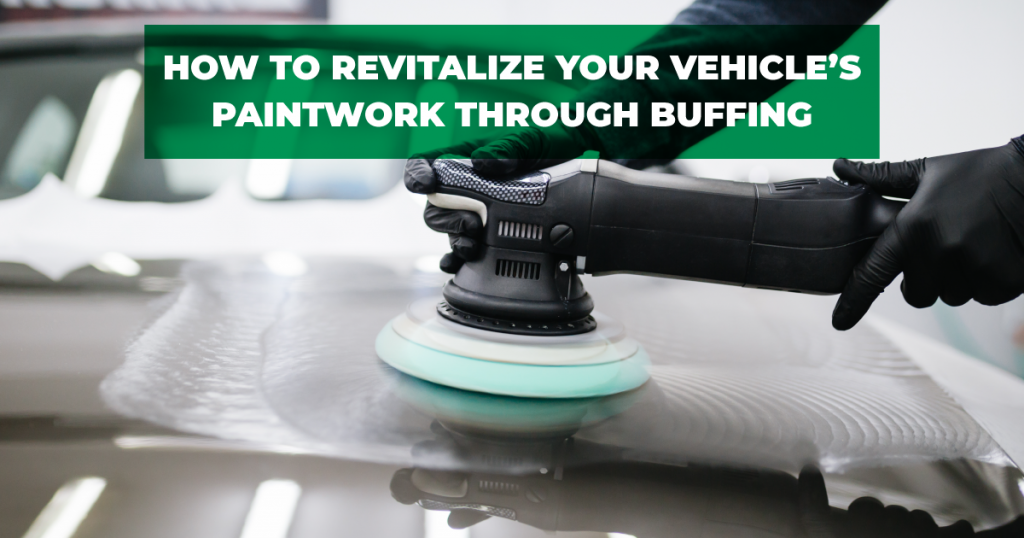When polishing your car, the wax seals large scratches until they are no longer visible to the naked eye. This enhances your car’s paintwork but eventually, the oxidation of the paint surface caused by exposure to the elements will make it look pale. This is where buffing comes to play.
Buffing uses complex rubbing compounds. It works by thinning the top surface of paint from the body panels, evening out scratches and damaged paintwork along with it. The result is a smooth, fresh surface that has the cars original shine
How Often Should Buffing Be Done?
Once you notice that your paintwork is fading, visit your local valet centre and institute buffing measures. It isn’t a one-off job but rather a series of polishes to remove the oxidized layer and microscopic scratches.
The scratches will need to be polished out, and then the tiny scratches left over need to be filled in with clear coat to get the best shine.
Buffing isn’t just for older vehicles. A new paint job won’t have a perfectly smooth surface, so it needs the same care to get the finish you’d expect from fresh paint.
Buffing Methods
Buffing By Hand

This is the simplest buffing method as one uses a rubbing compound and a sponge applicator to remove oxidation over a small area. Using circular hand motion, the process can revitalize out the paint surface around a minor scratch to make it disappear.
Buffing By Machine

An orbital buffer spins a foam disc, but that disc also moves in a circular pattern to keep the pad from staying in one place too long. It isn’t as intense as high-speed buffing, so it’s usually used by professionals to do finishing work.
High-Speed Buffing

This method uses a large surface circular pad and operates at a higher speed which scraps off more paint at once.
This removes major damage quickly, but it can very easily damage the paint. While amateurs may attempt hand or even orbital buffing, high-speed buffing should always be left to the professionals.
Dangers of Over Buffing
If you over-buff a surface, chances of thinning the paint surface are high and if not, careful it may cut into the undercoat.
Deep scratches can penetrate the paint down to the primer or metal. Smoothing out the surface would take off so much paint that the body panel would be left exposed.
Luckily for newer vehicles, manufacturers use clear coat paint to avoid the buffing process. This applies a thick layer of clear coating over the coloured base coat.
If that layer is damaged, it can flake off, leaving the base coat exposed. The only way to restore the finish is with a new paint job.
Conclusion
If you want to restore the beauty of your car, buffing is something which should be done regularly. Buffing and recoating will also ensure that your car stays in perfect condition for a long time.
